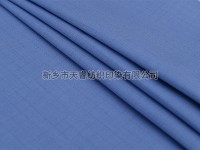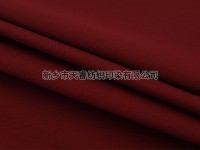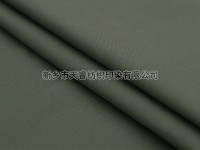How to clean flame-retardant clothing
Source:http://en.xxtrfz.com/news/1.html Release time:2023-10-31 Click:278
Flame retardant clothing is a special type of occupational protective clothing mainly used to prevent harm to the human body in hazardous environments such as fires and explosions. However, wearing flame-retardant clothing for a long time can accumulate a large amount of dust, bacteria, and other dirt on its surface and inside, affecting its protective performance. Therefore, regular cleaning of flame retardant clothing is crucial. This article will provide a detailed introduction to how to clean flame-retardant clothing.
1、 Choose the appropriate cleaning agent
When cleaning flame-retardant clothing, cleaning agents specifically designed for flame-retardant materials should be used, and cleaning products containing bleach, softeners, chlorine, and other components should be avoided. These components may damage the protective properties of flame-retardant clothing, causing it to lose its flame-retardant effect.
2、 Classification cleaning
Flame retardant clothing is usually made of various materials, such as polyester, nylon, etc. Therefore, when cleaning, clothes of different materials should be washed separately to avoid unnecessary damage. In addition, light and dark colored clothing should also be washed separately to prevent staining.
3、 Hand wash or low-speed mixer wash
To protect the protective performance of flame-retardant clothing, it is recommended to use hand washing or low-speed mixer washing for cleaning. Avoid using a high-speed mixer for washing to avoid damage to clothing fibers. During the cleaning process, it should be gently rubbed and not twisted forcefully to avoid damaging the structure of the clothing.
4、 Avoid high-temperature drying
Flame retardant clothing should avoid high-temperature drying after cleaning. High temperatures may cause changes in flame retardant materials, thereby reducing their protective performance. It is recommended to use a natural air drying method and hang clothes in a well ventilated area to avoid direct sunlight.
5、 Regular inspection and replacement
In addition to regularly cleaning flame-retardant clothing, it is also necessary to regularly check the wear condition of the clothing. If clothing is found to be worn, damaged, or lacking flame retardancy, it should be replaced in a timely manner to ensure safety.
In short, suitable cleaning agents should be selected for cleaning flame-retardant clothing, and classified cleaning should be carried out. Hand washing or low-speed mixer washing should be used to avoid high-temperature drying, and regular inspection and replacement should be carried out. Only by taking these protective measures can we ensure that flame-retardant clothing always has good protective performance, safeguarding our safety.



